Excerpt
On June 17 in London a “people’s tribunal” chaired by Sir Geoffrey Nice QC, prosecutor of Slobodan Milosevic at The Hague, issued a judgement stating that “forced organ harvesting” has taken place in China for over 20 years, and continues to this day. It concluded that practitioners of Falun Gong have been “probably the main” source of organ supply, adding that the violent persecution and medical testing of Uyghurs make it likely that they too are victims, or at least are highly vulnerable targets for organ harvesting now and in the future. The findings have been widely reported.
The tribunal has thus reaffirmed a long-standing allegation: that the Chinese security services and military, working with transplant surgeons in hospitals, use prisoners of conscience as a living organ bank — blood and tissue-typing them, entering their biometric data into databases, and killing them on demand (or removing their organs before they die, as some Chinese medical papers suggest, and as testified to by the Uyghur former surgeon Enver Tohti) for paying recipients. Transplant surgeries typically cost hundreds of thousands of yuan (or hundreds of thousands of dollars for tourists), and recipients then take immunosuppressants for the rest of their lives. Depending on the scale of the practice, this would make it a multi-billion dollar industry.
The tribunal’s conclusion is the highest-profile statement on these allegations since they emerged in somewhat dubious circumstances 13 years ago. It appears that the long association with Falun Gong activism (a marginalized identity group in mainstream media representations and scholarship), coupled with the novel horror of the claims, has meant that they have largely been avoided by the wider China studies and international human rights establishments.
The gravity of the allegations, however, demands that they be engaged. If they are false, they should be refuted and set aside. If they are true, the implications must be explored, and their renewed relevance given current circumstances in Xinjiang fully considered. In either case, their awkward, unresolved status in the China field and beyond must come to an end.
Extraordinary claims require extraordinary evidence. We must ask, then: what evidence and inference is the conclusion based on? Has a major figure in international human rights and a committee of legal and medical experts — after consulting roughly 150 submissions and a large body of background reading material — made an awful mistake, or should informed observers of China, after examining the evidence for themselves, come to the same conclusion?
The inferential logic followed by the tribunal, based on the summary findings, appears to be roughly as follows.
Read in Journal of Political Risk
